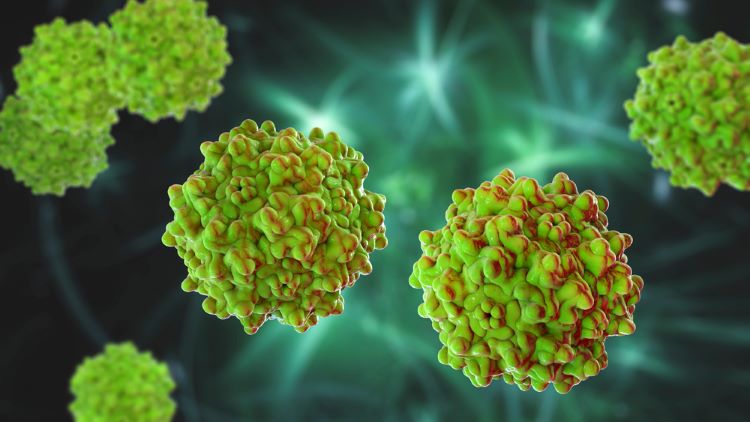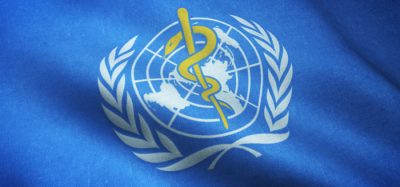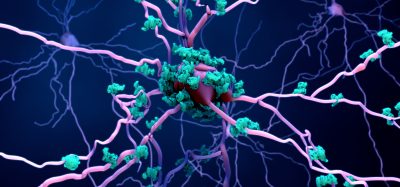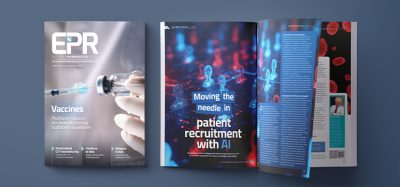AAV gene therapy manufacturing gets £1.4m boost
Posted: 16 October 2024 | Catherine Eckford (European Pharmaceutical Review) | No comments yet
The funding aims to reduce the costs of AAV production for gene therapies, helping to accelerate treatment access for patients with rare diseases.


Three industry partners have agreed to collaborate to develop an intensified perfusion process for manufacturing adeno-associated virus (AAV) vectors, leading to improved gene therapy production.
The two-year project is supported by a £1.4 million grant through the Innovate UK Transforming Medicines Manufacturing (TMM) Programme, and involves the Cell and Gene Therapy (CGT) Catapult, Pharmaron Biologics (UK) Ltd and Complement Therapeutics.
By applying the process to its AAV platform, Pharmaron Biologics (UK) Ltd intends to provide value for gene therapy developers by improving “AAV yield, quality and lower manufacturing costs”, CGT Catapult shared.
Complement Therapeutics will harness the lessons from the new process and apply it to the future development of its complement-related disease treatments, the organisation stated.
“AAV is a crucial element in many gene therapies yet there are currently no clinically approved AAV products manufactured using perfusion technologies,” noted Matthew Durdy, Chief Executive of the Cell and Gene Therapy Catapult. The project “aims to help make gene therapies more affordable to healthcare systems and ensure that sufficient volumes of AAV can be produced to meet an increase in demand”.
Overcoming challenges of AAV production
“Manufacturing for products requiring high doses or those targeting systemic indications are highly challenging requiring large scale production using current platform technologies,” Daria Marsh, Head of Bioprocessing at CGT Catapult explained to EPR.
establishing an intensified manufacturing process for AAV which is accessible to therapy developers from the start of their development cycles could… [bring] a sustainability benefit to their product life cycle”
She highlighted that one challenge is developing and optimising the upstream process is establishing a representative scale down model. “We will be leveraging industry knowledge developed in the biopharmaceutical industry as well as state of the art bioprocessing approaches to develop representative scale down models”.
Secondly, the project is intended to generate effective AAV production by transient transfection of high cell density culture “by developing semi-continuous harvest methodologies and combining these with online PAT to enable control of critical process parameters,” according to Marsh.
Enhancing the manufacturing process
To remedy this, she remarked that the project “is an exciting opportunity to develop the next generation AAV platform which could potentially help to unlock a cost-effective manufacturing option for higher dose or systemic applications.”
Notably, “establishing an intensified manufacturing process for AAV which is accessible to therapy developers from the start of their development cycles could enable them to manufacture for an indication which may have previously been not cost effective to enter or to significantly reduce the cost of manufacture while bringing a sustainability benefit to their product life cycle,” Marsh added.
Related topics
Biopharmaceuticals, Drug Manufacturing, Industry Insight, Manufacturing, Rare diseases, Research & Development (R&D), Technology, Therapeutics
Related organisations
Cell and Gene Therapy Catapult, Complement Therapeutics, Pharmaron Biologics









